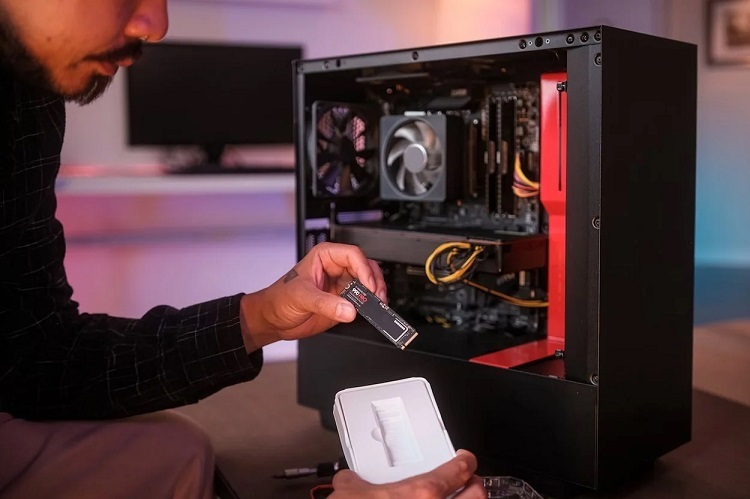The vast majority while updating their computers by and large have no clue what to do at to begin with, unless they’re particularly technically knowledgeable.
Inquire about – First check your computer’s specs and make sense of what you have to overhaul. Attempt to discover what will profit you and your computer the most. At that point beware of computer equipment sites like Newegg.com. Most sites ordinarily have a framework update menu that will let you know the correct model(s) that is perfect with your framework.
Look at – Next you have to think about the distinctive model alternatives and execution specs relying upon what you need to overhaul. Make certain to look at item surveys so you’ll realize what’s in store, and on the off chance that anything has certain producer deformities, for example, a high DOA (dead on entry) rate.
Value versus Execution – Another thing you have to do is ensure the cost coordinates the execution that will get from your update. A decent approach to do this is by taking a gander at site audits, since they indicate benchmarking comes about with various frameworks, and test the parts under particular conditions.
So far the best site I’ve seen for this is employment is Tom’s Hardware. They have equipment outlines for a great many distinctive processors, design cards, and diverse sorts of slam. Every diagram has benchmarks, and tests done on a testing framework setup and the equipment continues as before so that way you’ll get an immediate take a gander at the amount of a distinction a specific segment will make looked at another part or even your old part that you’re supplanting.
Friction based electricity – One last thing you have to do is ensure that when you’re introducing parts that you have grounded yourself on something metal before working inside your computer or taking care of parts. That is computer class 101. It’s to ensure that you don’t sear any segments or you’re motherboard, in light of the fact that they are to a great degree touchy to electricity produced via friction.

